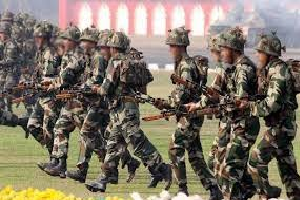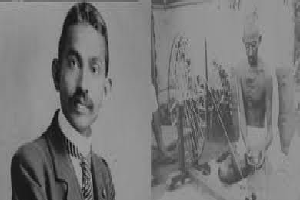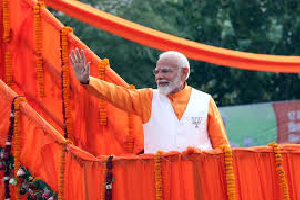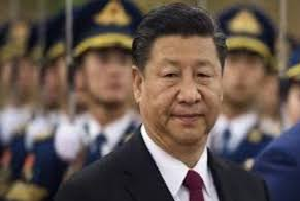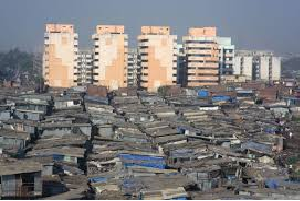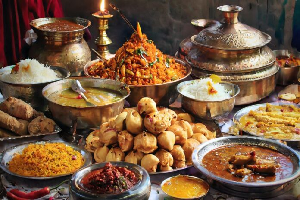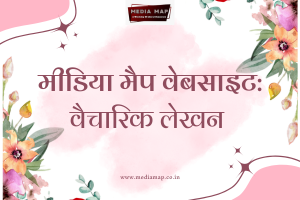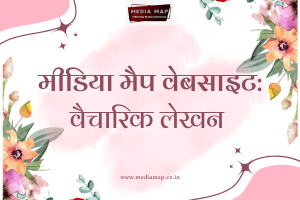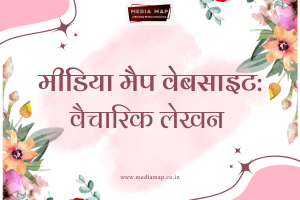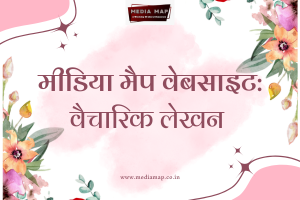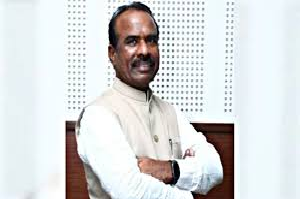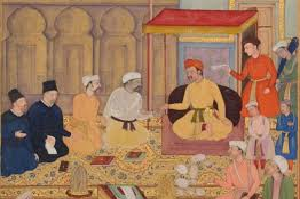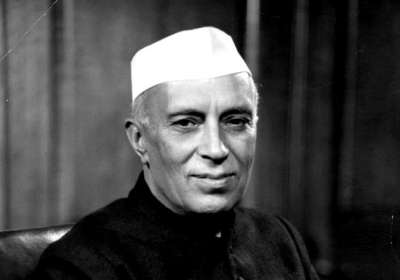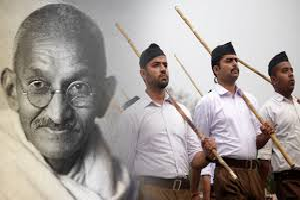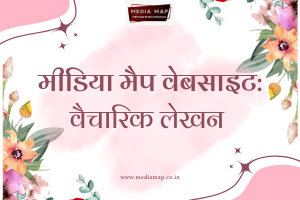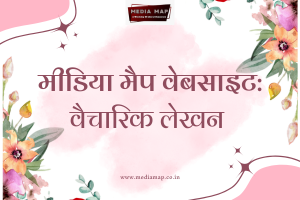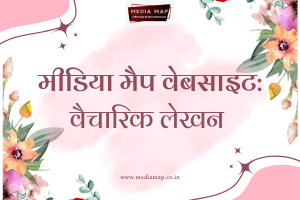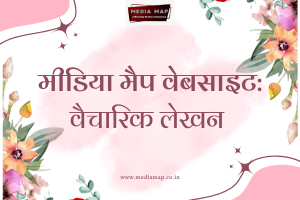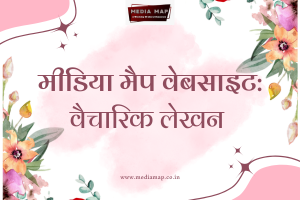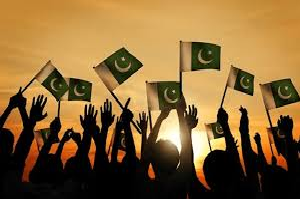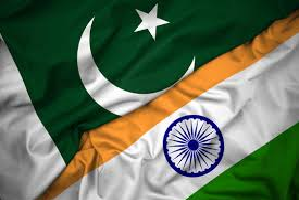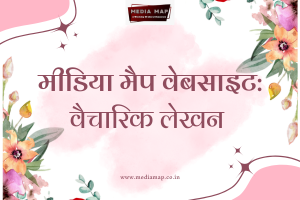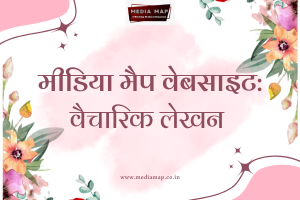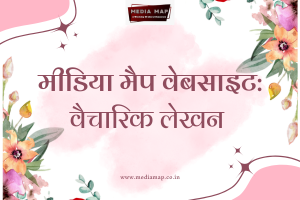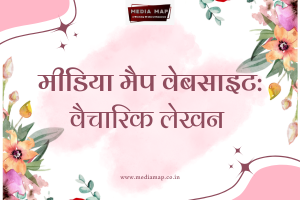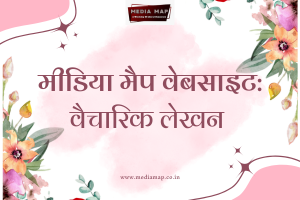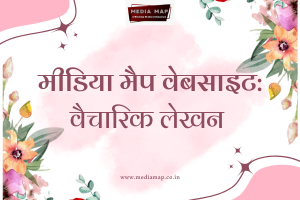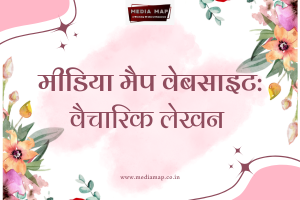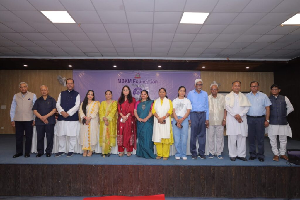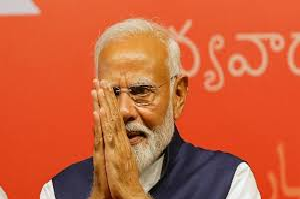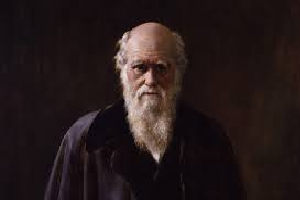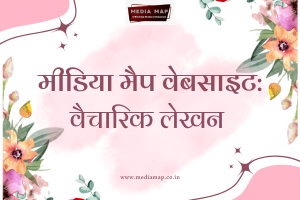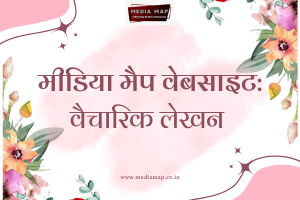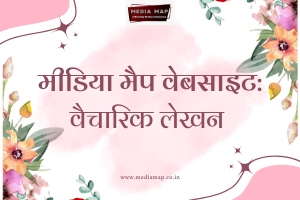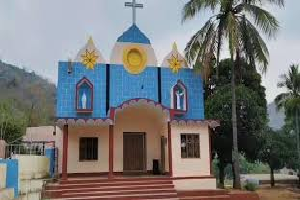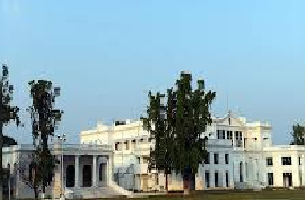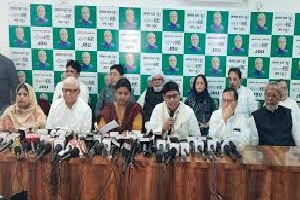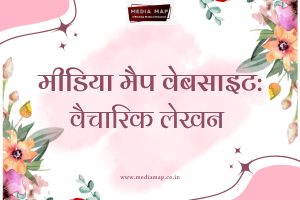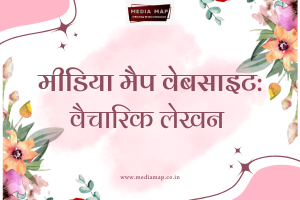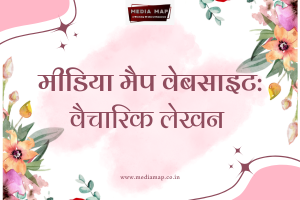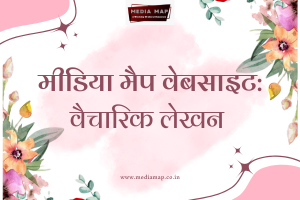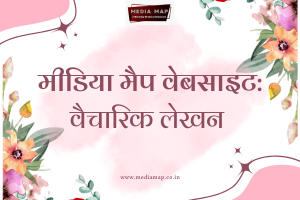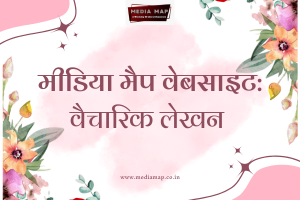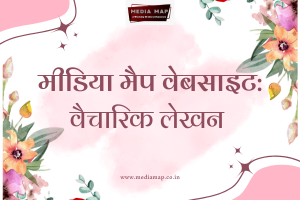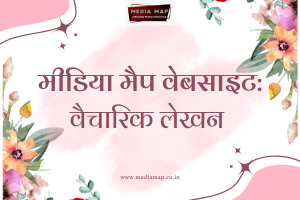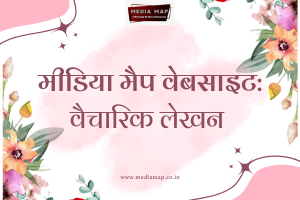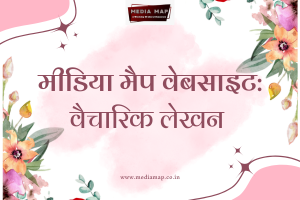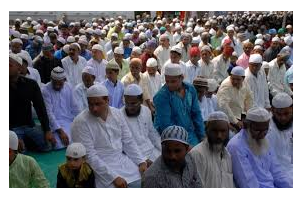28

Today's Edition
New Delhi, 28 December 2023
Dr. Ambedkar's struggle for Dalits and women
Prashant Gautam
The whole world celebrates 25th December as Christmas .Some people in India also celebrate it as the birthday of Prime Minister Atal Behari Vajpayee. But very few people know that 25thDecember is a big historical day for the Dalits, marginalised sections of society and oppressed women of India.
On this day 96 years ago in the year 1927, Dr. Bhimrao Ambedkar, a renowned scholar and and the father of the Constitution of India, along with thousands of people, burnt Manusmriti.It was done at Mahad in Maharashtra in protest against the practice of untouchability which made human being treated worst than animals in Hindu society.
The public burning of Manusmriti was not only a symbol of anger against the domination and oppression of upper-class Brahminism but also a means of highlighting the self-respect of Dalits and women and showing them the path to liberation. Manusmriti was burnt because as a religious text it has provided a social basis for humanexploitation. The symbolic cremation was done by burning it on the pyre. It also meant to signal the end of upper caste domination and cruelty towards the Dalits.
Some volunteers prepared the vedi and pyre for burning the text. On either sides, banners with slogans like destroy untouchability, bury Brahminism, Manusmriti chi dahan bhoomi (cremation ground for Manusmriti) were put up.There was huge pressure from casteist Hindus to stop the entire process of burning Manusmriti.
Dr. Bhimrao Ambedkar had to reach the protest site from Mumbai not by road but by boat because he was afraid that he may be stopped on the way. Before burning Manusmriti, Dr. Bhimrao Ambedkar gave a speech in which he said that ancient Hindu scriptures preaching discrimination should be destroyed. It was necessary to shake the conscience of those who considered inequality and injustice as compatible with religion .
The burning of Manusmriti came as a huge shock to orthodox and ritualistic followers of Hinduism , but many Hindus silently appreciated the sound of changing time . The day of 25 December 1927 will always be remembered by Dalits, oppressed women and marginalised sections of Hindu society as a day of deliverance. the history of India due to the attack that Dr.Ambedkar made on the casteist religious
fundamentalists in India. On that day, Dr. Ambedkar had demanded a change in the social structure of Hindus by burning Manusmriti. This conference in Maharashtra and the burning of a book like
Manusmriti had far-reaching consequences. This was a historic day in the history of India in terms of social awakening among Dalits.
The special thing was that Maratha old social workers like Vidhoba Mahadev Wadwal also actively participated in this Satyagraha, but Brahminist newspapers wrote a lot condemning this incident. Even Shankaracharya was stunned. Not only this, some Dalit leaders also spoke against Mahad Satyagraha and Manusmriti. After Dr. Ambedkar's speech, Jedhe and Jawalkar, leaders of Mumbai's non-Brahmin party and Satyashodhak, said in their speech that there is no one among the Dalits who is as knowledgeable and a devoted leader as Dr. Ambedkar. He is trying his best for the welfare of Dalits. You have to follow him. He told the Dalits present that only Dr. Ambedkar can do good for you, not an imaginary God. He is your commander, so it would be right to do as he says. After Manu Smriti was burnt in the conference, Dr. Ambedkar said, centuries. We did this great work to draw the attention of Hindus to the poverty, misery and plight of the untouchable community who have been marginalized since the 19th century.
Some of the examples given in Manusmriti justifying injustice, disrespect and exploitation are as follows.
1. A girl should always remain under the protection of her father. After marriage, she should be protected by her husband. After the death of her husband, she should be at the mercy of her children, but in any situation a woman cannot be independent.
2. When a Brahmin eats food, he should not even look at any chicken, dog, eunuch or woman who is menstruating.
3. Dalit has no right to eat ghee.
4. Dalits and women have no right to study.
5. If a Dalit listens to the Vedas from Hindu scriptures, the punishment is to have glass melted in his ears. If a Shudra speaks the Vedas with his own mouth, the punishment is to have his youth cut off.
6. A widow woman cannot marry a second time but men can.
7. If a man from a lower caste has sexual relations with a woman from a higher caste then the persons concerned will be given death penalty but if a man from a higher caste has sexual relations with a woman from a lower caste then only the woman will be given death penalty. There will be no punishment for a Brahmin man, meaning a man can have a relationship with a lower caste but not with a higher caste.
8. Women are only meant to serve their husbands to please them and to have physical relations and an untouchable woman should not even cover her breasts.
9. After the death of their husband, women should be burnt along with their husbands on the funeral pyre.
10. Shudras do not have the right to drink water from the pond, but animals like cows, buffaloes etc. can be bathed in the pond.
Dr. Ambedkar had to face a lot of criticism for this work. Some people asked what would be achieved by burning a text. He replied that why does Gandhi burn¹foreign clothes?
Dr. Ambedkar, who considered Manusmriti to be the root cause of Sati practice and child marriage system, stood for the liberation of Saidav women and upliftment of Dalits. For this reason this day is also remembered as Women's Liberation Day'.
--------------


